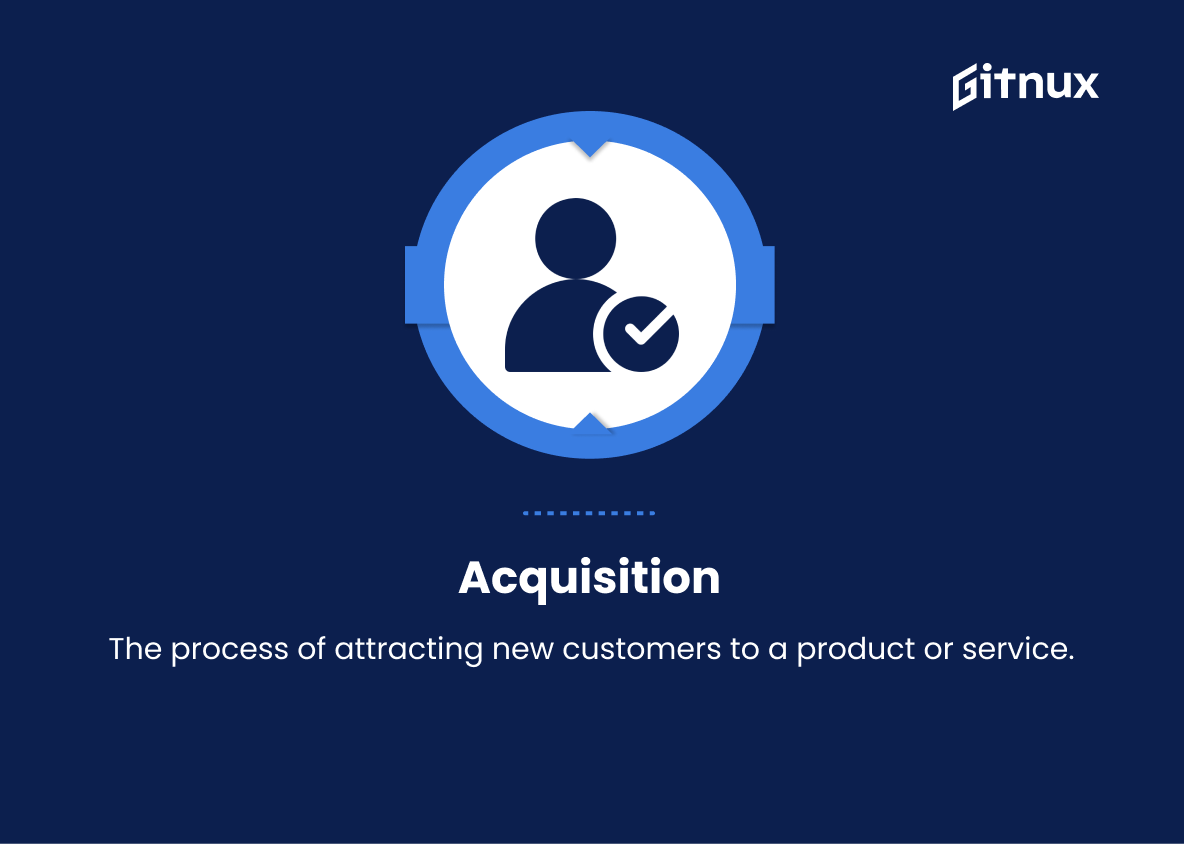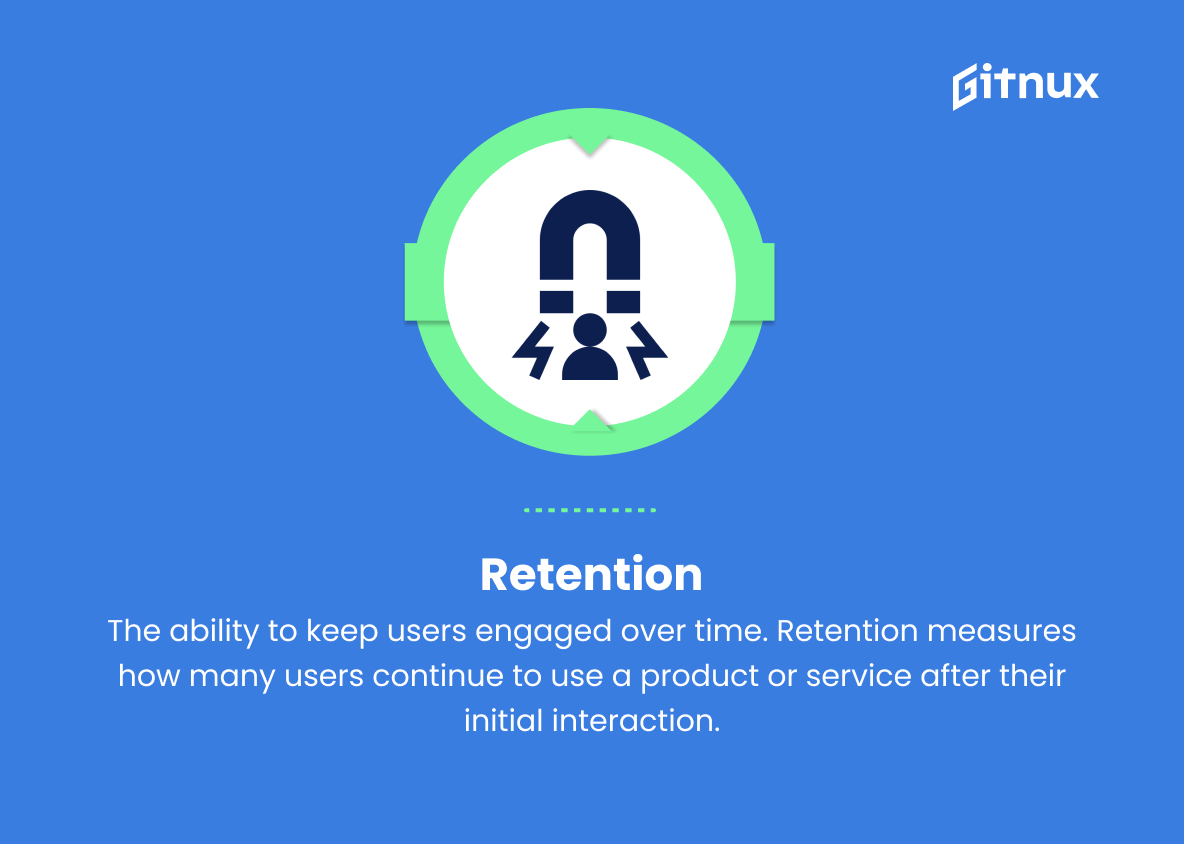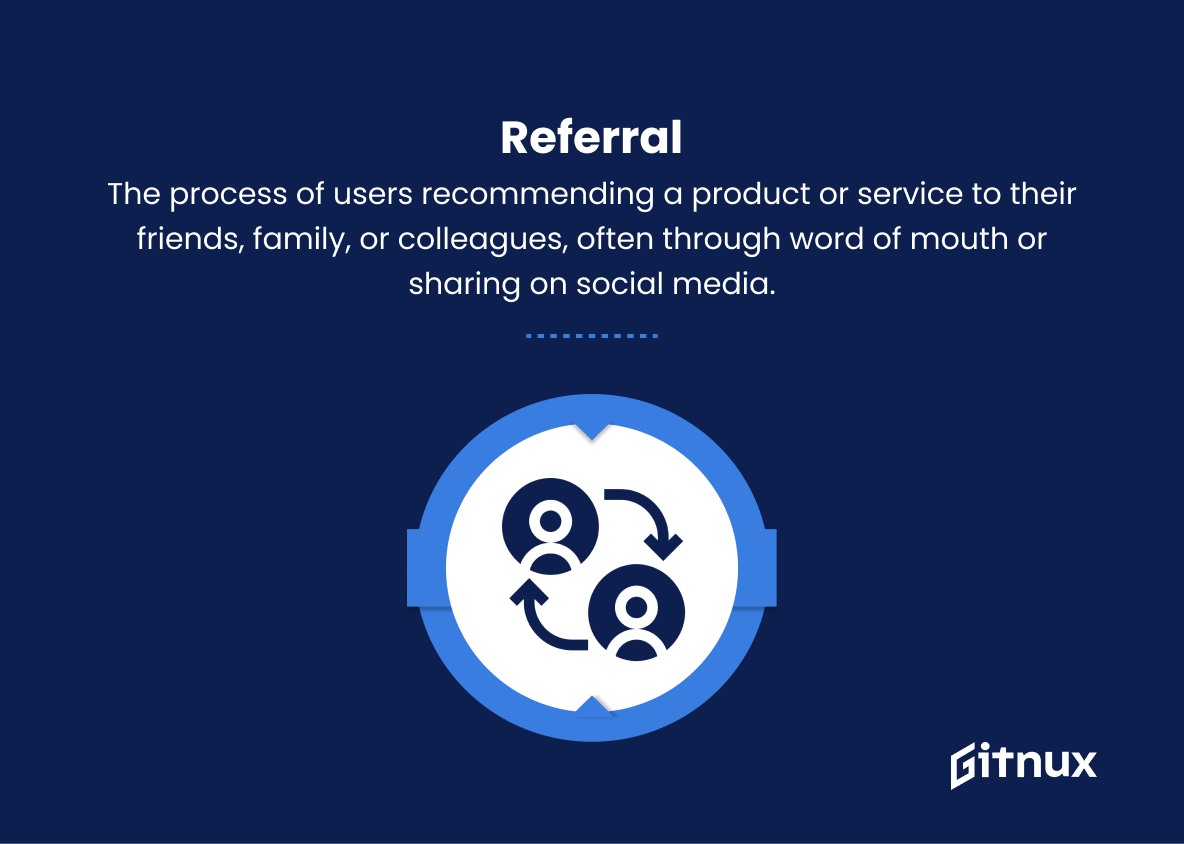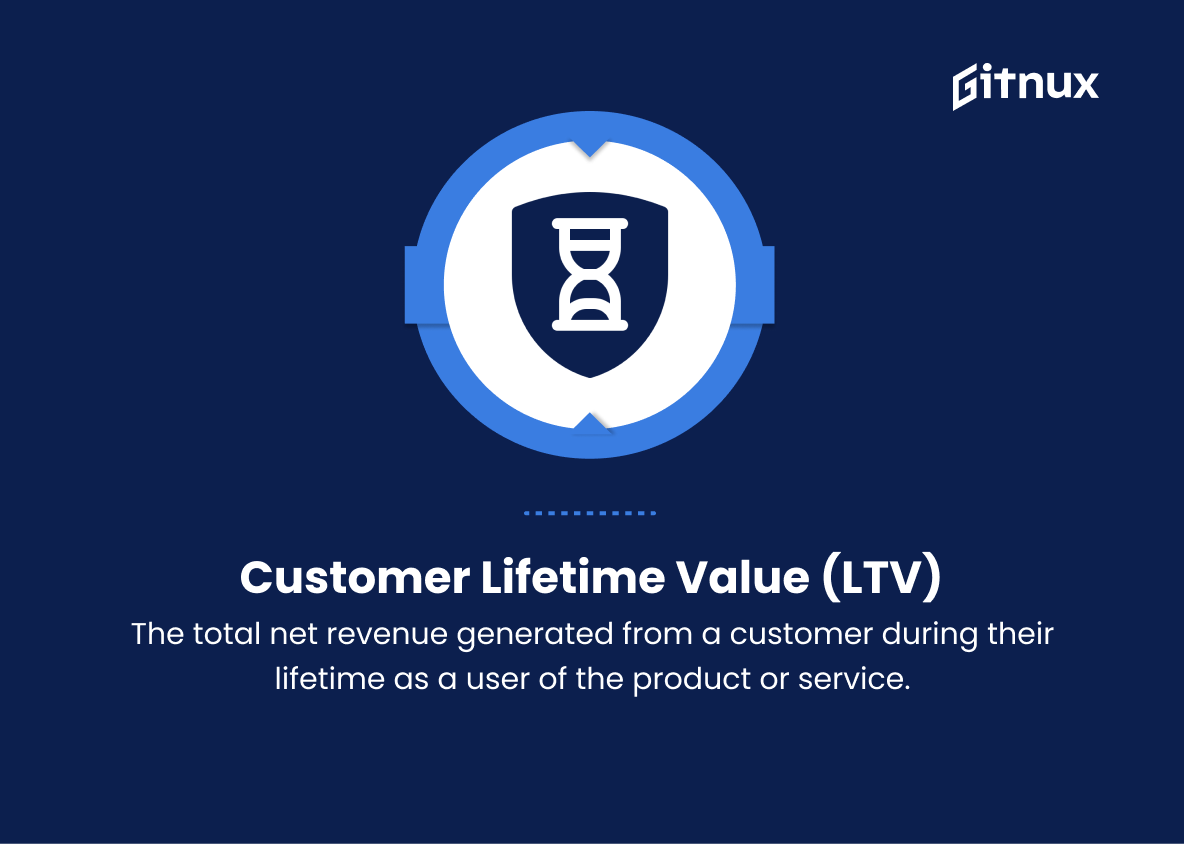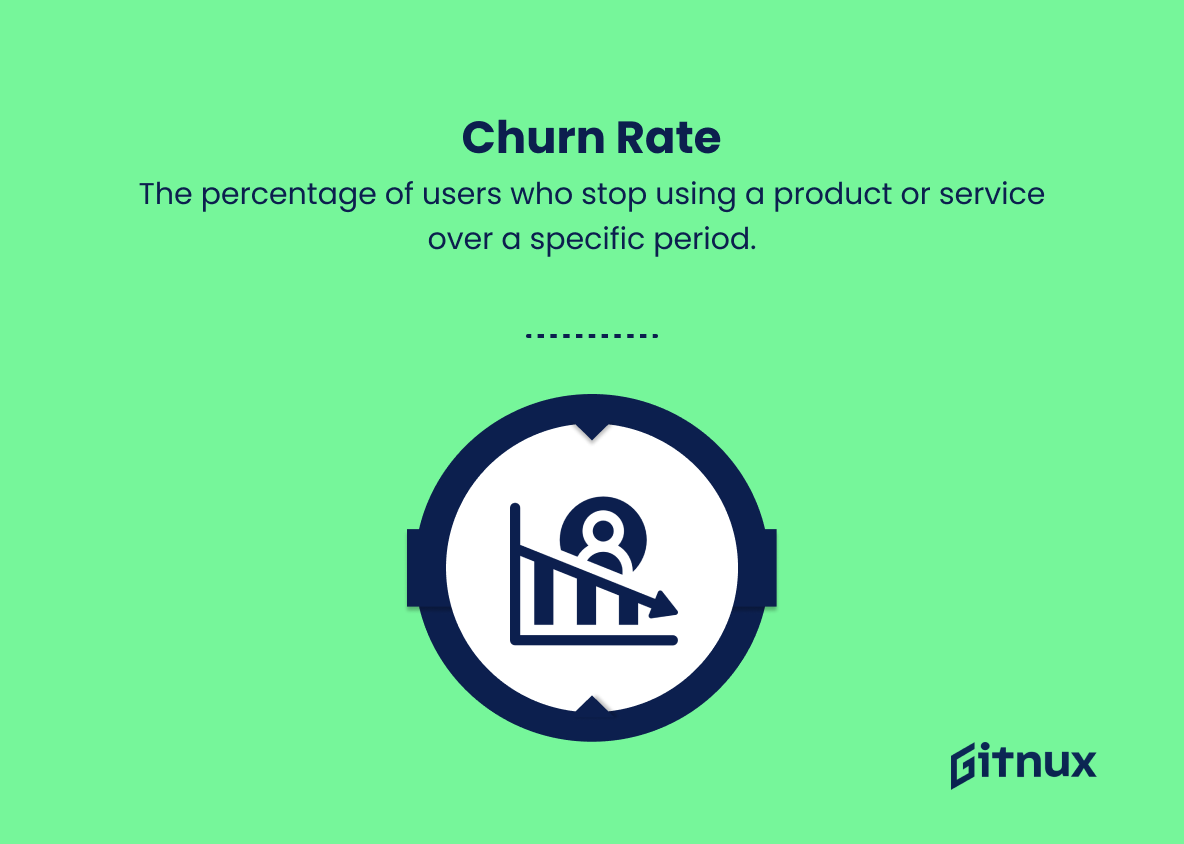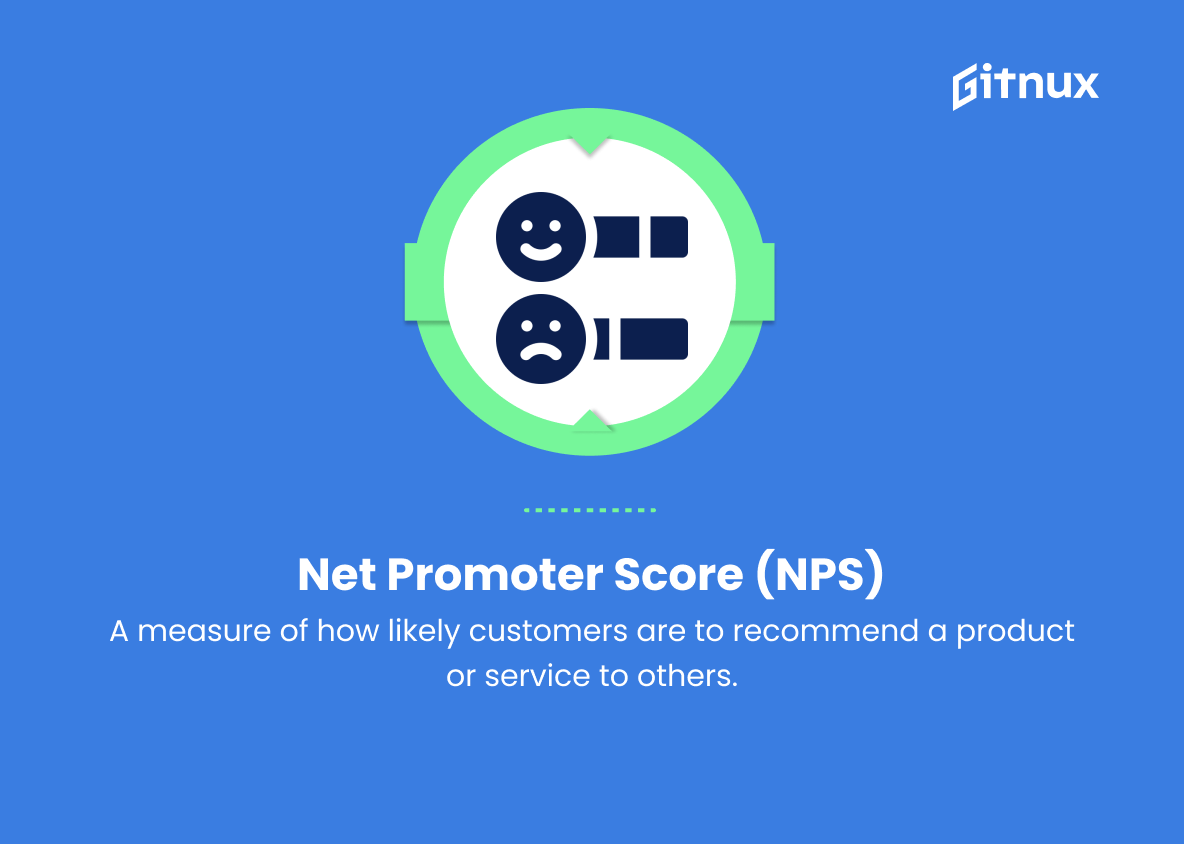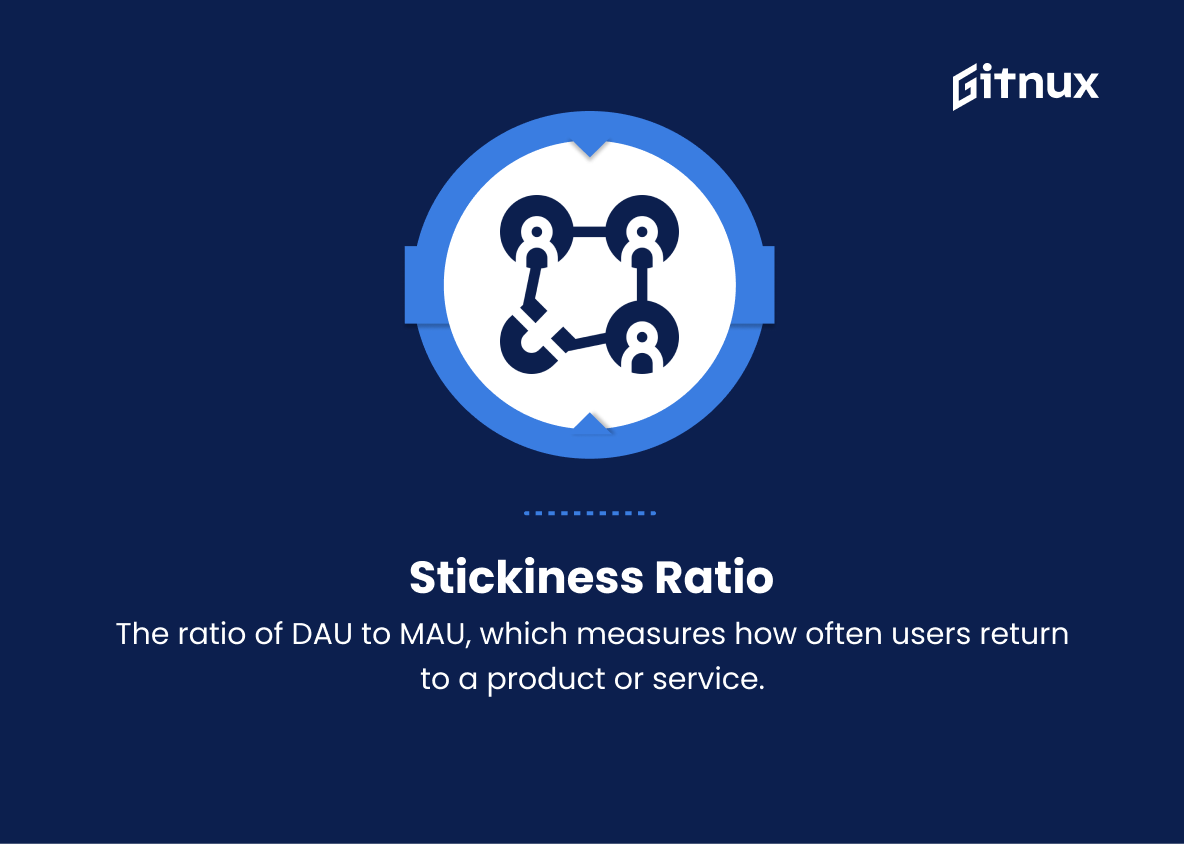In today’s fast-paced and competitive business landscape, the ability to measure, analyze, and optimize the growth of a startup can be the difference between success and failure. Lean Startup Metrics are the key indicators that not only help entrepreneurs understand the current performance of their business, but also provide vital insights that drive data-driven decision making and successful pivots.
This insightful blog post will delve deep into the world of Lean Startup Metrics, unpacking their significance, outlining the most critical metrics to track, and offering actionable strategies for leveraging these valuable tools to propel your business towards sustainable growth and long-term success. So, buckle up and let’s embark on a journey to master the art and science of Lean Startup Metrics.
Lean Startup Metrics You Should Know
1. Acquisition
The process of attracting new customers to a product or service. It refers to the number of customers who visit or sign up for a website, download an app, or otherwise engage with a business or product.
2. Activation
When a user takes the first meaningful action with your product or service, such as completing an onboarding process, setting up a profile, using a specific feature, or making an initial purchase. Activation shows that the customer is interested in and willing to interact with the product.
3. Retention
The ability to keep users engaged over time. Retention measures how many users continue to use a product or service after their initial interaction. High retention rates indicate strong customer satisfaction and product-market fit.
4. Referral
The process of users recommending a product or service to their friends, family, or colleagues, often through word of mouth or sharing on social media. Referral metrics help businesses understand which features, promotions, or incentives are most effective at driving new customers.
5. Revenue
The amount of money generated from customers over a specific period. This includes metrics such as Average Revenue Per User (ARPU), Customer Lifetime Value (LTV), and pricing structures. Revenue metrics help startups determine their profitability and sustainability.
6. Customer Acquisition Cost (CAC)
The total cost of acquiring a new customer, including marketing, advertising, and operational costs. CAC is an important metric to track as it shows how much a company spends to acquire new customers and can be used to optimize marketing strategies.
7. Customer Lifetime Value (LTV)
The total net revenue generated from a customer during their lifetime as a user of the product or service. LTV helps businesses understand the long-term value of a customer and predict future revenue.
8. Churn Rate
The percentage of users who stop using a product or service over a specific period. Churn rate is indicative of customer satisfaction and can help identify areas for improvement to increase retention.
9. Net Promoter Score (NPS)
A measure of how likely customers are to recommend a product or service to others. NPS is a simple metric that can provide quick insights into customer satisfaction and loyalty.
10. Conversion Rate
The percentage of visitors to a website or users of a product who complete a desired action, such as signing up, making a purchase, or upgrading to a paid plan. High conversion rates indicate that users are finding value in the product or service.
11. Time to Value (TTV)
The amount of time it takes a user to experience the value of a product or service after they start using it. TTV measures the efficiency of the onboarding process and helps identify areas to streamline the user experience.
12. Monthly Active Users (MAU) / Daily Active Users (DAU)
The number of unique users who engage with a product or service in a specific time frame (daily or monthly). These metrics help gauge user engagement and growth trends.
13. Stickiness Ratio
The ratio of DAU to MAU, which measures how often users return to a product or service. A higher stickiness ratio indicates that users are more engaged and likely to continue using the product.
14. Virality Index:
A measure of how quickly a product or service is spreading across users, often calculated as the average number of invitations sent by each user and the acceptance rate of these invitations. A high virality index indicates strong organic growth potential.
Lean Startup Metrics Explained
Lean Startup Metrics are crucial in understanding and optimizing various aspects of a business or product performance. Acquisition is a measure of a company’s ability to attract new customers, whereas Activation indicates the customer’s engagement with the product. Retention, Referral, and Revenue metrics provide insights into customer satisfaction, product-market fit, and profitability. By analyzing Customer Acquisition Cost (CAC) and Customer Lifetime Value (LTV), startups can ensure sustainable growth and optimize marketing strategies.
Churn Rate and Net Promoter Score (NPS) highlight customer satisfaction levels and areas for improvement, while Conversion Rate estimates the effectiveness of sign-up or purchasing processes. Time to Value (TTV) helps in streamlining the user experience, and engagement metrics such as Monthly Active Users (MAU), Daily Active Users (DAU), Stickiness Ratio, and Virality Index reveal growth trends and the potential for organic growth. Each of these metrics plays a vital role in informing decisions and optimizing the product or service to achieve overall business success.
Conclusion
In conclusion, Lean Startup Metrics provide a vital framework for entrepreneurs, guiding them through the process of establishing a viable business model, gauging market response, and making necessary pivots based on data-driven evidence. By monitoring essential performance indicators such as customer acquisition, lifetime value, and churn, businesses can streamline their growth strategies, maximize profitability, and foster long-term success.
As the lean startup movement has proven time and time again, an agile approach with a strong emphasis on data-driven decision-making can transform even the most basic idea into a flourishing venture. Embrace Lean Startup Metrics and give your business the competitive edge necessary to survive and thrive in today’s rapidly evolving market landscape.
